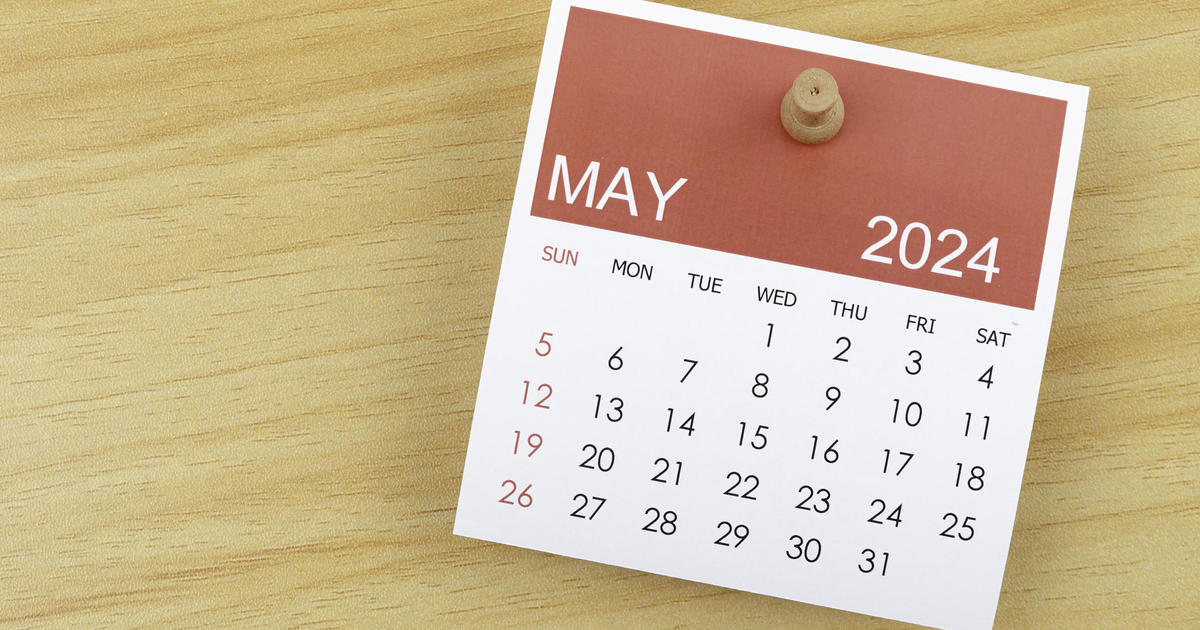Why your Christmas tree may cost more this year
Yearning for that real Christmas tree smell this year? Expect to pay a little more. And start looking now. Yes, even before that last Halloween Tootsie Roll has been polished off.
That's because a glut of trees coupled with the deep recession a decade ago forced farmers to reduce plantings, making supply short now -- just as demand recovered along with the economy.
As some farms went out of business, others were forced to scale back, hurt further by a surge in artificial tree popularity. That means even though the economy is better now and demand is rising, supply is tight. Trees take an average of seven to 10 years to cultivate and harvest, depending on variety.
"Our growers themselves had to take less money for the trees because they had an oversupply," Doug Hundley, spokesman for the National Christmas Tree Association (NCTA) said. "So we are just now recovering from that. Unfortunately, the recovery from a glut can result in an over-swing."
Some retailers say they're already finding supply tight for certain trees that have gained popularity in recent seasons.
"We're finding a shortage of some trees, like Fraser firs, which take a little longer to grow than balsam and have better needle retention, but not much scent," said Chris Gregory, a partner at Boston Christmas Trees, which sells thousands of trees each season out of a small lot in the Allston neighborhood. "They've become more popular, more popular than farmers anticipated, so they're a little hard to get than they used to be."
Boston Christmas Trees, which has been selling trees since 1969 and lists prices from $15 to $125 on its website, has good relationships with its suppliers built over decades, so isn't likely to raise prices much, he said.
"The market in general will go up, we'll stay about the same," Gregory said.
A typical customer polled by Nielsen for the NCTA spent $74.70 last year, up from $50.82 in 2015 and $38.50 in 2014. Some consumers may have purchased larger trees or more than one tree, in addition to paying more.
The top Christmas tree-producing states are Oregon, North Carolina, Michigan, Pennsylvania, Wisconsin and Washington, according to the NCTA.
"Our biggest challenges are having enough trees to supply customers and just getting phone calls after phone calls after phone calls from people desperate for trees that don't exist," Jason Hupp, who helps manage Hupp Farms near Silver Falls State Park in Oregon, told the Salem Statesman Journal.
About 3,300 Christmas tree farms operated in the US in 2016, down from about 17,500 a decade earlier, according to research from Freedonia Group.
In North Carolina, Cline Church, whose family has run a Christmas tree farm for 40 years, said he thinks a return to demand is what's primarily driving sales.
"It's a pleasant change. With the economy and everything affected our sales from 2008 till 2014 and it's gradually been getting better or the last three or four years," Church said in an interview. "Fortunately, most of us are sold out, which is a darn good thing. But I just don't believe there's near the shortage that some are talking about. I've been at it for 40 years, and generally by the end of the season everybody finds what they need."
The NCTA estimates 27.4 million trees were sold last year, up from 25.9 million in 2015. That made for a market size of $2.04 billion, nearly double the $1.04 billion in 2014.
Demand for natural trees should fall 1.3 percent per year to 19 million units in 2021, and artificial tree demand should expected to slide 1.9 percent per year by 2021 as disposable personal income is expected to fall, according to Freedonia Group.
In the the decade ending 2016, artificial trees lost 4.3 percentage points of market share, Freedonia Group said, based on survey data.
For every tree harvested, one to three are planted, according to the NCTA. And not all farms grow just Christmas trees.
"The growers themselves, which many times aren't the retailer, are able to raise their prices for the first time in probably 15 years, and they need to because they haven't had any kind of inflationary raise at all in decades," Hundley said. "Therefore, the retailer will naturally want to raise their prices to absorb for that."
Some sellers are giving customers ways to make their real trees last longer.
In Plainfield, Illinois, a Chicago suburb, customers at Anderson Tree farm can cut their own trees or get a pre-dug tree with its roots "balled and burlapped for Christmas display and then planted for years of enjoyment," according to the website. The cost, at 50 percent off, is $18 per foot.



